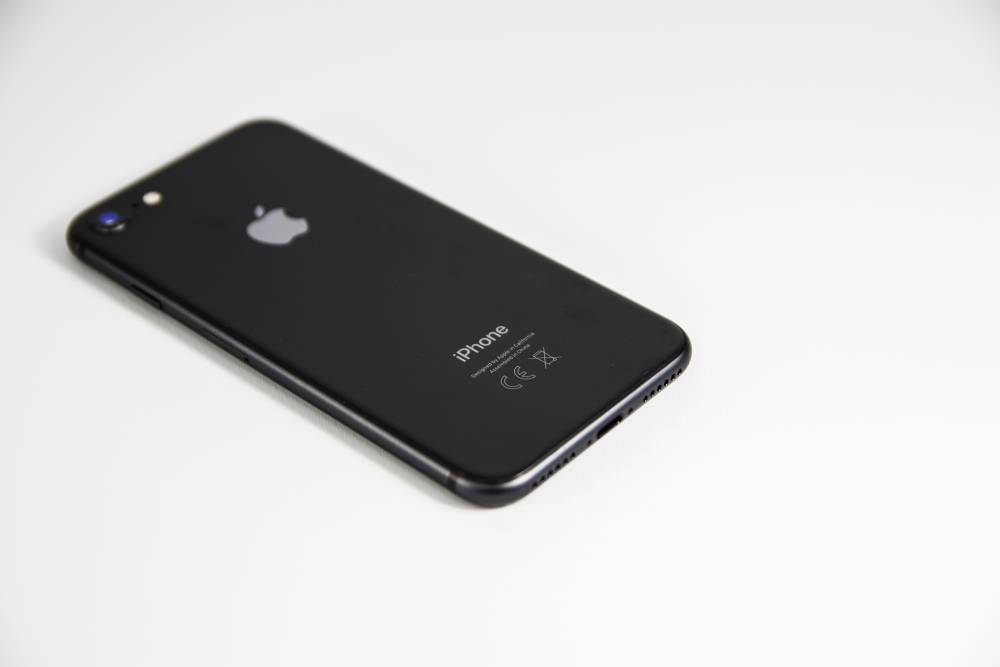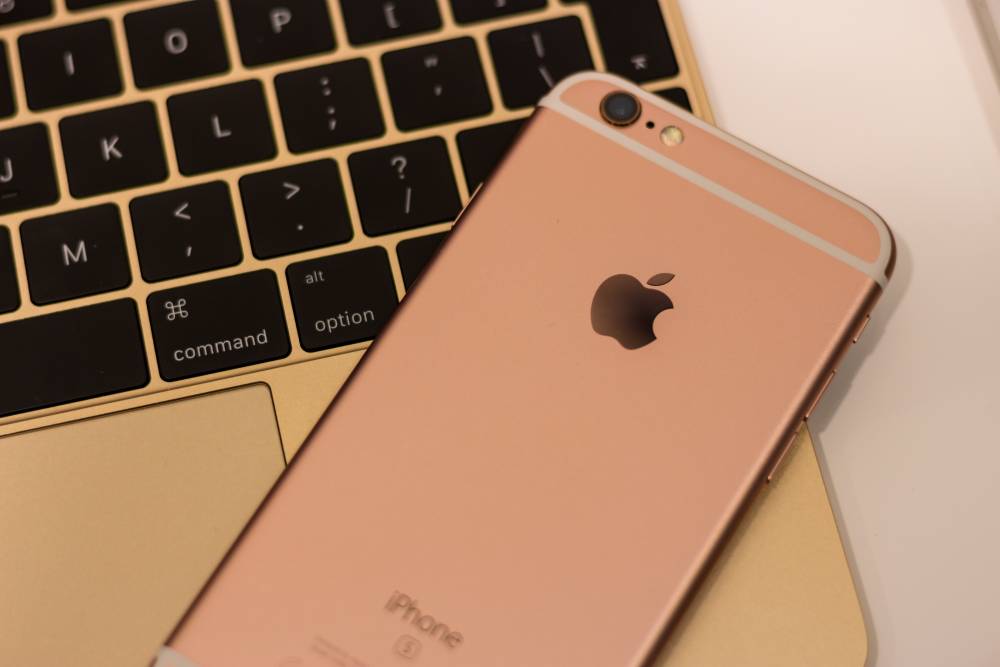In today's fast-paced digital world, speed is a critical factor in the success of your mobile app. Users expect lightning-fast performance, and if your app falls short, they won't hesitate to abandon it. But fear not, as optimizing your mobile app for speed is not rocket science. This guide will take you through the essential steps to ensure your app loads and runs quickly, keeping your users happy and engaged.
Understanding the Importance of Speed
Speed is a critical factor in the success of mobile apps. Here are three reasons why:
-
User experience: Slow apps frustrate users and lead to high bounce rates. When users have to wait for an app to load, they are more likely to abandon it and move on to something else. This can lead to a high bounce rate, which is a measure of how many users leave your app after visiting only one page.
-
Ranking: App stores consider speed when ranking apps, affecting discoverability. The faster your app loads, the higher it will rank in app stores. This means that more users will see your app and be able to download it.
-
Conversion: Faster apps tend to convert users into customers more effectively. When users have a positive experience with your app, they are more likely to make a purchase or sign up for a subscription. This is because they are more likely to trust your app and believe that it will provide them with value.
In short, speed is essential for the success of mobile apps. If you want to keep users engaged and convert them into customers, you need to make sure that your app loads quickly.
Optimizing Your Mobile App for Speed
Efficient Coding
Clean and efficient code is the foundation of a fast app. Remove unnecessary code, optimize algorithms, and reduce dependencies.
-
Remove unnecessary code: This includes comments, unused variables, and dead code.
-
Optimize algorithms: This involves rewriting code to make it more efficient.
-
Reduce dependencies: This means using fewer libraries and frameworks.
Image Optimization
Large images can slow down your app. Use image compression techniques to reduce file sizes without compromising quality.
-
There are many different image compression techniques available, such as JPEG, PNG, and GIF.
-
Choose the right compression technique for your needs. For example, JPEG is a good choice for images with a lot of color, while PNG is a good choice for images with text or graphics.
-
Experiment with different compression settings to find the best balance between quality and file size.
Caching
Caching stores frequently accessed data locally, reducing the need for constant server requests and speeding up app load times.
-
Caching can be implemented on the client side or the server side.
-
Client-side caching stores data on the user's device.
-
Server-side caching stores data on the server.
Lazy Loading
Lazy loading loads content as users scroll, minimizing initial load times and conserving bandwidth.
-
Lazy loading can be implemented for images, scripts, and stylesheets.
-
When a user scrolls down to a section of the page that contains lazy-loaded content, the content is loaded automatically.
Minimize HTTP Requests
Limit the number of HTTP requests your app makes. Combine scripts and stylesheets, and use sprites for icons.
-
HTTP requests are made when your app loads resources from the server.
-
Reducing the number of HTTP requests can speed up app load times.
-
You can combine scripts and stylesheets into a single file, and use sprites for icons.
Optimize Database Queries
Review and optimize database queries to reduce processing time and speed up data retrieval.
-
Database queries are used to retrieve data from the database.
-
Optimizing database queries can speed up data retrieval.
-
You can review the queries in your app and optimize them for performance.
Content Delivery Networks
Content Delivery Networks distribute app resources across multiple servers, reducing latency and speeding up content delivery.
-
A Content Delivery Network (CDN) is a network of servers that deliver content to users.
-
Using a CDN can speed up content delivery by reducing latency.
-
You can use a CDN to deliver static files, such as images, scripts, and stylesheets.
Mobile-First Design
Start with a mobile-first approach to your app's design. This ensures that your app is optimized for mobile devices from the ground up.
-
Mobile-first design is a design approach that focuses on mobile devices first.
-
This approach ensures that your app is easy to use and navigate on mobile devices.
-
You can start with a mobile-first design by creating a wireframe or prototype of your app for mobile devices.
Reduce Third-Party Plugins
Minimize the use of third-party plugins and libraries. Each one can introduce extra weight and slow down your app.
-
Third-party plugins and libraries are code that is not written by you.
-
Using third-party plugins and libraries can speed up development, but they can also slow down your app.
-
You can minimize the use of third-party plugins and libraries by only using the ones that you need.
Testing and Monitoring
Regularly test your app for speed and performance issues. Monitor real-time data to identify and address bottlenecks promptly.
-
Testing your app regularly can help you identify and fix performance issues.
-
Monitoring real-time data can help you identify bottlenecks in your app.
-
You can use a variety of tools to test and monitor your app's performance.
Conclusion
In a world where users demand speed and efficiency, optimizing your mobile app for speed is non-negotiable. Follow these steps, invest in performance testing, and continuously monitor your app's performance to ensure it meets the speed needs. A faster app not only keeps your users engaged but also improves your app's ranking and conversion rates.
FAQs
What is the ideal app loading time?
Ideally, your app should load in under 2 seconds to provide an excellent user experience.
Do these optimizations affect battery life?
Efficient coding and reduced network requests can lead to improved battery life for users.
Can I optimize an app after it's been launched?
Yes, you can optimize your app post-launch through updates and performance enhancements.
How do CDNs work, and do I need one for my app?
CDNs distribute app content to geographically closer servers, reducing latency. They are beneficial for apps with a global user base or heavy media content.
What tools can I use to test my app's performance?
Tools like Google PageSpeed Insights, GTmetrix, and New Relic are helpful for performance testing and monitoring.





